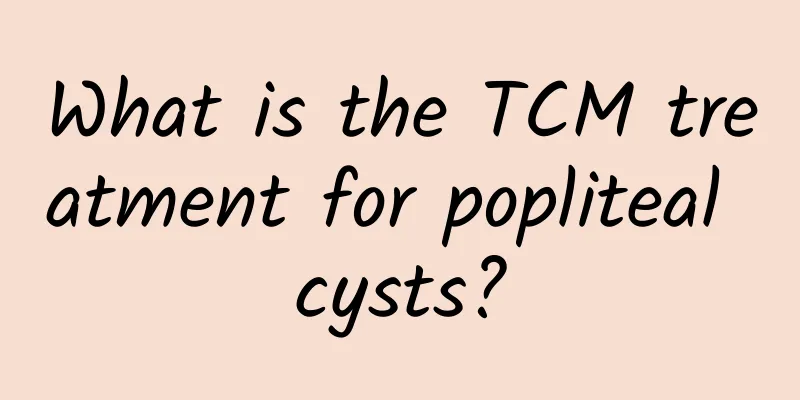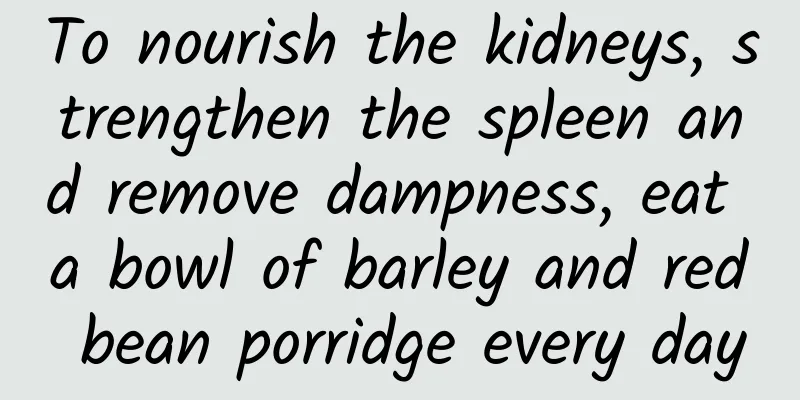What to do if there is a hemangioma in the liver

|
In general, hemangiomas in the liver are basically benign tumors or congenital vascular malformations. The occurrence of this disease is not limited by age, and it is related to the patient's endocrine system. When the changes occur, patients may experience symptoms such as indigestion, nausea, bloating and pain in the liver. Under normal circumstances, the growth of hemangioma is relatively slow, and patients should go to the hospital for examination on time. Treatment of intrahepatic hemangioma 1. Surgical treatment Currently, the treatments for hepatic hemangioma mainly include hemangioma resection, hemangioma suture ligation, hepatic artery ligation, microwave solidification, radiofrequency treatment, hepatic artery embolization, etc. Liver transplantation can also be used to treat diffuse hepatic hemangiomas or giant hemangiomas that cannot be removed, such as those with liver decompensation or combined with Kasabach-Merritt syndrome. 2. Non-surgical treatment (1) Hepatic artery embolization (TAE) TAE is used to treat hepatic hemangioma because hepatic hemangioma is mainly supplied by the hepatic artery. After embolization of the artery, a thrombus may form in the tumor. The thrombus may become organized and fibrotic, causing the tumor to form a fibroma-like structure, thereby achieving the purpose of shrinking and hardening the hemangioma. (2) Microwave solidification and radiofrequency treatment of hepatic hemangioma. Microwaves can be converted into heat energy to coagulate the surrounding tissues, causing the tumor to shrink and harden locally, thus achieving the purpose of solidifying the tumor. Symptoms of intrahepatic hemangioma 1. Abdominal mass The abdominal mass has a cystic feeling, is non-tender, and has a smooth or rough surface. Conductive vascular murmurs may occasionally be heard when auscultating the mass site. 2. Gastrointestinal symptoms include dull pain and/or discomfort in the right upper abdomen, loss of appetite, nausea, vomiting, belching, fullness after eating and other indigestion symptoms. 3. Compression symptoms Huge hemangiomas can push and compress surrounding tissues and organs. Compression of the lower esophagus may cause dysphagia; compression of the extrahepatic bile duct may cause obstructive jaundice and gallbladder effusion; compression of the portal venous system may cause splenomegaly and ascites; compression of the lungs may cause dyspnea and atelectasis; compression of the stomach and duodenum may cause gastrointestinal symptoms. 4. Rupture and bleeding of hepatic hemangioma Rupture and bleeding of hepatic hemangioma may cause severe upper abdominal pain, as well as bleeding and shock symptoms. Most of them are large hepatic hemangiomas growing below the costal arch that rupture and bleed due to external force. 5. Kasabach-Merritt syndrome: coagulation abnormalities caused by thrombocytopenia and massive consumption of coagulation factors. The pathogenesis is blood retention in giant hemangiomas, which consumes a large amount of red blood cells, platelets, coagulation factors II, V, VI and fibrinogen, causing abnormal coagulation mechanism, which can further develop into DIC. 6. Other pedunculated hemangiomas that grow freely outside the liver may undergo necrosis when twisted, causing severe abdominal pain, fever, and collapse. In some patients, huge hemangiomas are accompanied by the formation of arteriovenous fistulas, which increase the amount of blood returning to the heart and lead to heart failure. |
<<: Aneurysm interventional surgery
>>: Is liver hemangioma dangerous?
Recommend
What are the benefits of drinking safflower in water that you don't know about?
Safflower is a Chinese herbal medicine that we ar...
What are the symptoms of nerve pain?
Neuralgia is a common neurological symptom in dai...
What should I do if I have severe hemorrhoids in late pregnancy?
When pregnancy reaches the third trimester, it is...
What causes blood in urine after sex? What should you pay attention to before sex?
Many men find themselves having hematuria after h...
How long does it take for the fetus to die due to lack of oxygen?
Women often experience many symptoms when they ar...
What are the differences between gastric ulcer and gastric erosion?
If long-term gastric erosion is not effectively t...
What should I do if I sprain my ankle? Hot or cold compress?
Many people think that a sprained ankle will be f...
What to do if your child gets carsick and vomits? Six tips to help stop carsickness
I believe many people have experienced motion sic...
What is the effect of moxibustion in treating vasculitis?
Vasculitis is a common vascular disease in clinic...
How to avoid scars after forehead stitches
When the body is traumatized and leaves a large w...
What medicine should I use for my child's eczema?
Childhood eczema is relatively common in life. It...
Can Qilin Pills cure infertility?
Qilin Pills are a Chinese patent medicine. Resear...
Effects of cat's ear vegetable
Many people have eaten wood ear vegetables, but n...
Causes of peroneus longus pain
The causes of peroneus longus pain are trauma, in...
Saffron pictures and effects
Rose tea is a kind of flower. Rose tea can be mad...









